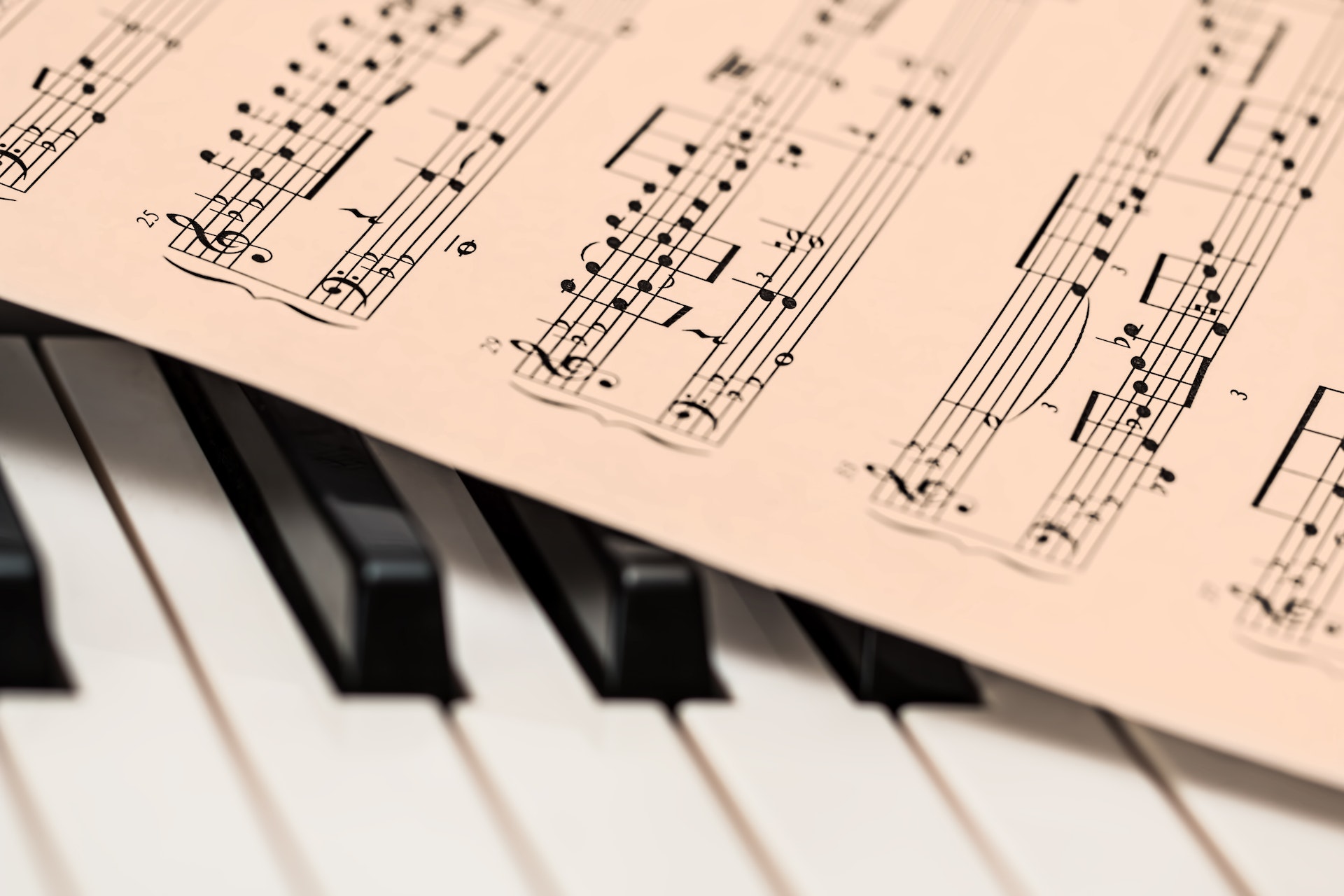
The word “music” has always had multiple meanings and has been used for different purposes, identifying strong emotional, divinatory and therapeutic powers to it.
The shaman communicated with the gods through a wise and evocative use of sounds and noises. During wars, some ancient populations spared only the lives of the “musicians” of conquered countries, recognizing in them an untouchable sacred function.
In ancient Greece the word “mousikè” had a very broad meaning that concerned all arts, including dance and poetry, but it was also the subject of study by scientists and astronomers. Pythagoras himself developed theories that were based on mathematical models related to frequencies and their multiples.
The current Western diatonic system, formed by scales of seven sounds, derives from the recognition of seven “planets” including sun and moon as for the seven days of the week. Each of them was given a particular frequency and together constituted the Harmony of the celestial spheres.
Hazrat Inayat Kahn argued that “He who knows the mystery of sound knows the mystery of the entire universe.” Even in the East, in fact, many studied and used music even if starting from different scientific concepts. It is no coincidence that oriental music was based on pentaphonic scales, differently from the Westerners.
However, many common elements can be found between the two systems even if starting from different concepts. Both Greek scales and Indian ragas refer to “states of mind.” Our major scale is synonymous with joy and radiance, while the minor leads us to reflection and/or melancholy.
Today we live in a globalized era where different cultural origins are melting and mixing. Proof of this is the increasingly frequent use of Tibetan bells that resonate with different parts of our body by relaxing and encouraging meditation.
According to neuroscience, “if a subject is exposed to 7.83 hertz, the Schumann frequency at which the Earth vibrates, an alteration in perception is obtained making him feel good. At a frequency of 10.80 hertz instead it arouses violent behavior while 6.60 Hz invariably causes the subject’s depression.”
All these studies show that music has a strong emotional and therapeutic impact and it is therefore natural that it is also widely used in the world of well-being.
Aufguss without music is increasingly rare today, albeit still appreciated.
However, it is not entirely correct to say that the classic Aufguss is performed in silence: the sound of water taken from the ladle; the steam released by contact with the hot stones; the air moved by the cloth; they are small sound elements that together with the diffusion of aromas relax us helping us withstand the high heat of the sauna.
Today most customers expect musical Aufguss, and every good Aufguss Master knows how much time and patience it takes to find music selections suitable and appreciated by an audience with heterogeneous tastes. For this reason AISA (Italian Association of Saunas and Aufguss) considers important that the Aufguss Master has the necessary competence and awareness on this topic.
For more information about music and sauna, please contact: Andrea Turco